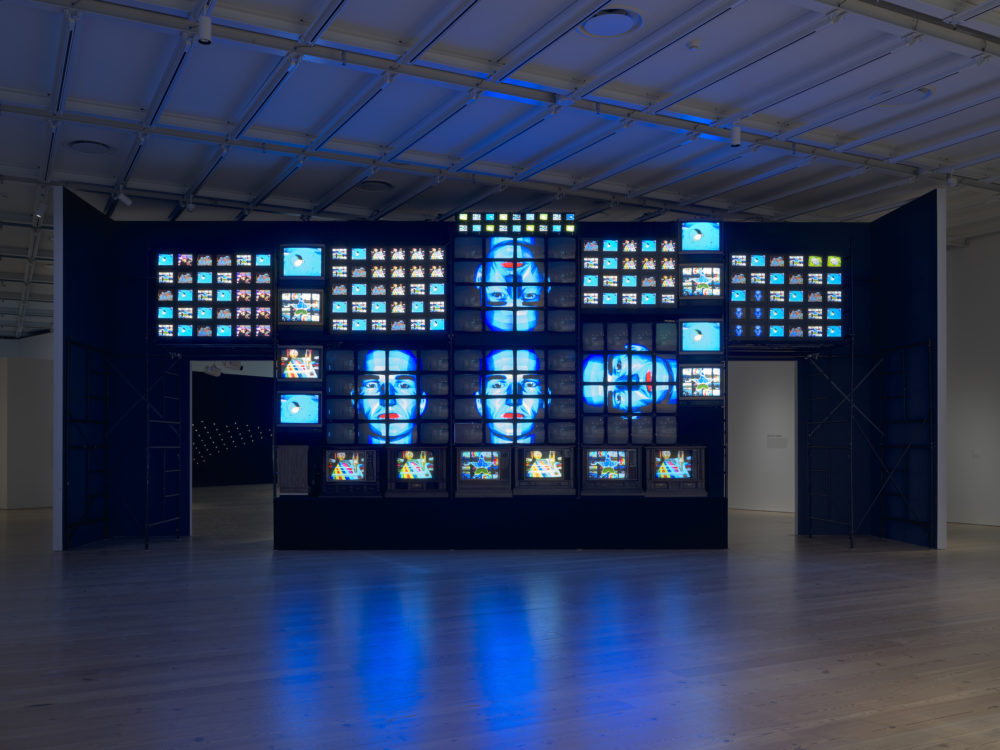Drawing heavily from the Whitney Museum of American Art’s permanent collection, Programmed: Rules, Codes, and Choreographies in Art, 1965–2018 includes a broad range of works… Continue Reading A Daring Balancing Act: “Programmed” at the Whitney
Posts published in “Conservation”
On October 22, 2014 at the Institute of Fine Arts, Jens Stenger gave a talk titled “Non-Invasive Color Restoration of Mark Rothko’s Harvard Murals Using Light from a Digital Projector” on behalf of his team (Santiago Cuellar, Rudolph Gschwind, Ankit Mohan, Yasuhiro Mukaigawa, Ramesh Raskar, Katherine Eremin and Narayan Khandekar).

Like many conservation chronicles, this riveting lecture on the recent restoration of Mark Rothko’s storied Harvard Murals had all the elements of a blockbuster drama. The story’s stakes ride not only on the status of the artist—an immeasurable giant of post-war modernism—but also on the works’ conservation history. The five paintings on canvas that comprise the murals were completed in 1962, making these Rothko’s first site-specific grouping of paintings (they were followed by his canvases for Houston’s 1967 Rothko Chapel). The Harvard Murals, as they are known, were made for the boardroom of the university’s new Holyoke Center, designed by Josep Lluís Sert, then Dean of the Graduate School of Design.
The Holyoke Center’s conference room boasted excellent natural light, and over the years the paintings—originally grounded in a deep, winelike crimson of Rothko’s own making, with a different intense hue in each canvas’s foreground—faded abysmally. In the 1980s, a team of conservators determined that the main culprit in the fading was Lithol Red, a highly fugitive pigment that provided the backbone of the murals’ striking crimson. Following this discovery, the paintings were put on public display for the first time in 1988—to general outcry. The paintings that had languished in seclusion during Rothko’s canonization now struck art historians, critics, and the artist’s heirs as withered corpses, shadows of their original glory. After this debacle, the paintings were kept in storage, rarely to be seen again. Until, that is, Stenger’s team proposed a radical new solution.

